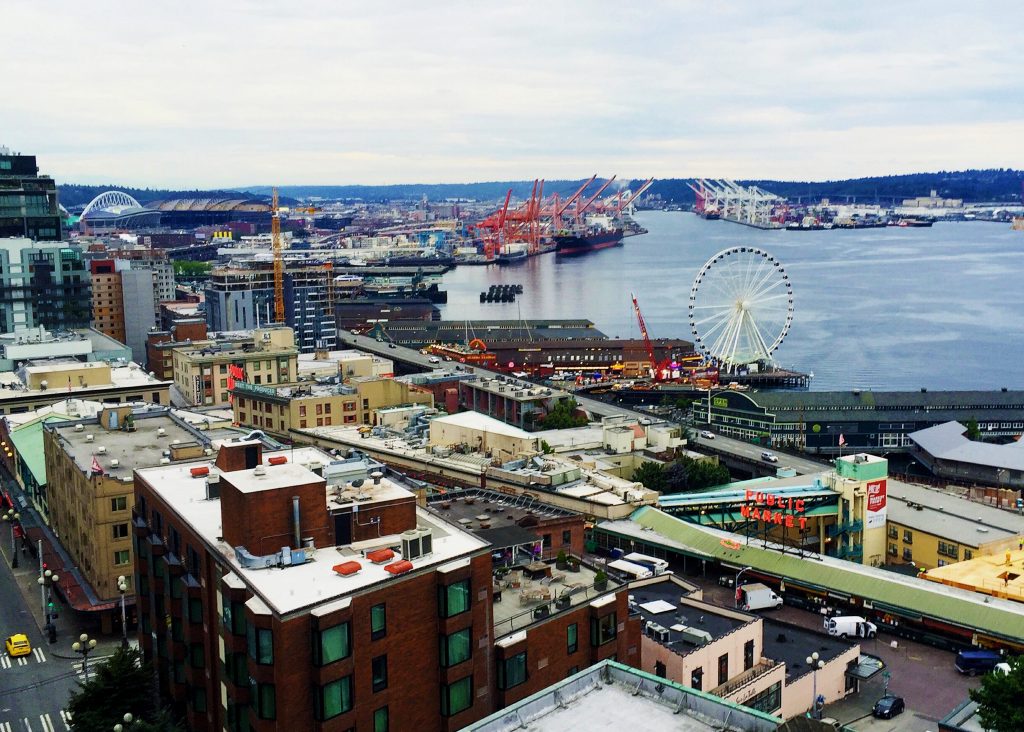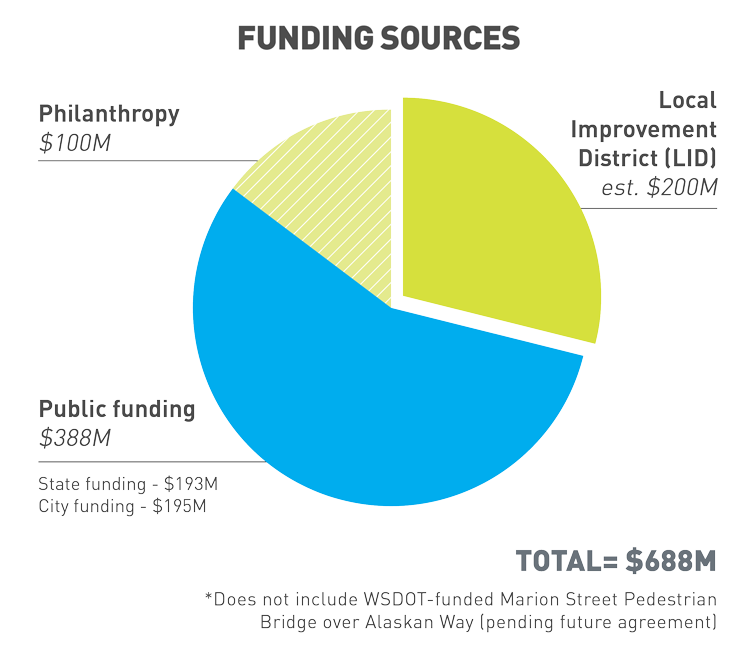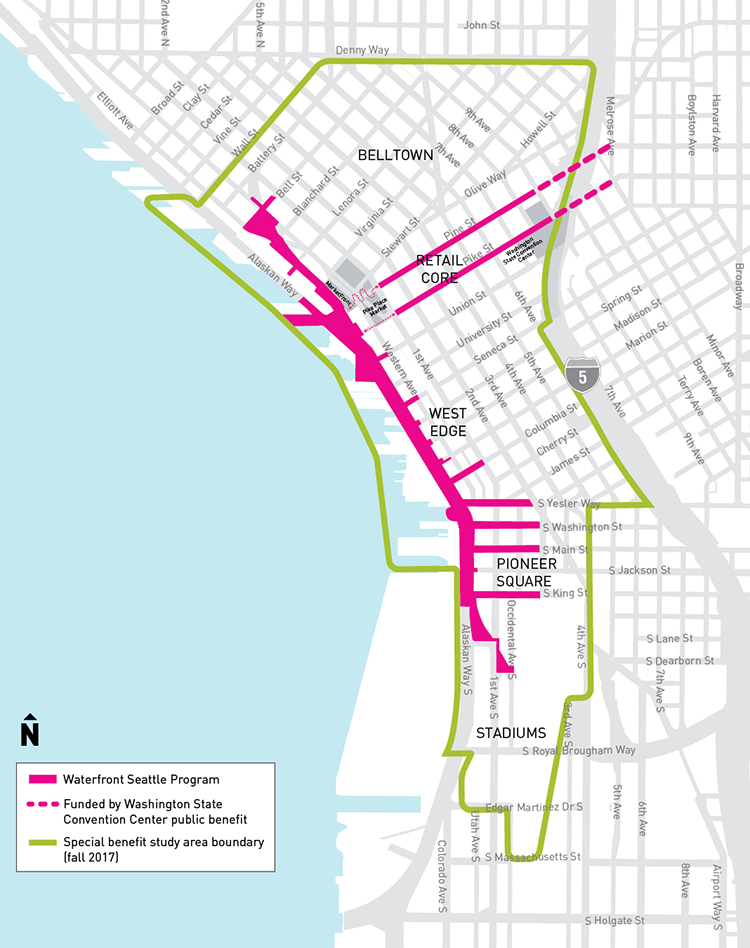
As the new Highway 99 tunnel prepares to open to traffic this fall, the state is also getting ready to select a general contractor for the the Alaskan Way Viaduct removal (set to begin later this year). The removal overlaps with Waterfront Seattle, a multi-year program to rebuild Seattle’s waterfront after the viaduct. Now, the City of Seattle is performing a Local Improvement District (LID) assessment on properties that will benefit from the waterfront redevelopment.
According to Seattle Waterfront, “LID is a funding tool, governed by state law, by which property owners pay to help fund the costs of public improvements that directly benefit their property.” An independent real estate appraiser has been hired by the City to conduct the study of the special benefits that each property in the LID study area will receive.

Seattle Waterfront
The LID has been part of the Waterfront Seattle funding plan since 2012, but was ultimately delayed due to the fickleness of Bertha, however, now that the tunnel is getting ready to open and the viaduct is coming down, LID is back. Public meetings discussing whether LID should be formed have been held over the past month and will continue through the end of the year. Special benefit and estimated preliminary assessments are expected to be shared online in April.

Seattle Waterfront
The special benefit district spans from SoDo, north to Belltown; and from the waterfront, east to I-5. How much someone pays will depend upon their location. Those closer to the waterfront will pay more due to their proximity to the improvements. The details of the final assessments would be finalized throughout 2019. At the same time, public hearings will be held to contest individual assessments.
The City is aiming for $200 million from the LID, about 30 percent of the $688 million that Waterfront Seattle expects to contribute to the $1.3 billion waterfront redevelopment. This includes utility work and the already completed seawall reconstruction. Not included are the $3.2 billion budget for the tunnel and viaduct removal, and the State’s $350 million Coleman Dock renovation and expansion.
Local homeowners have even created a website opposing the LID. The website features a calculator to compute your LID assessment. Should the LID be approved, collections would not begin until 2020. Property owners will then be given the option to finance in installments over 20 years.
